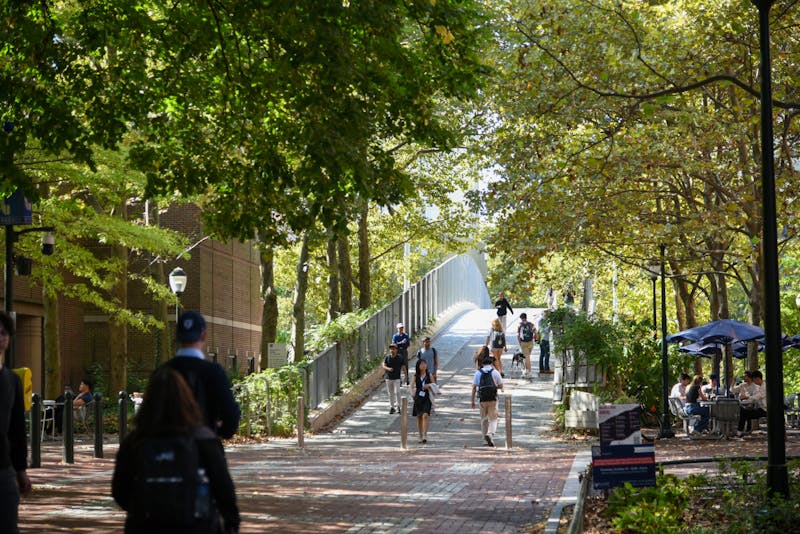Since 1990, tuition at Penn has increased by more than $20,000 — nearly twice the rate of inflation.
A report released this month from the Center for College Affordability and Productivity — a Washington-based research group — claims that colleges across the United States do not spend tuition purely on students’ education.
The study, entitled “Who Subsidizes Whom,” suggests that through tuition, students pay for colleges’ non-educational expenses, such as operations and administrative costs.
Vice President of Budget and Analysis Bonnie Gibson said, however, the findings do not apply to Penn, where students’ tuition money is solely allocated to academic purposes.
Penn offers a specialized and high-quality education that is a unique product for consumers, Gibson said, adding that the University is “delivering more value … than what tuition and fees cover.”
This February, the University Trustees increased undergraduate tuition to $37,620 for 2011-12, up from the previous school year’s $36,208.
Gutmann defended Penn’s tuition increases, citing the fact that “costs go up faster than tuition.” She explained that the full value of a Penn education equates to more than what is actually charged — about $250 a day — contrasting the report’s claims.
While this year’s increase marks Penn’s second-lowest tuition hike in 43 years, the rise is still greater than the inflation rate between September 2009 to 2010.
Costs outside of tuition include the general fee of $3,510, which goes to support facilities such as the library systems, museums and laboratories. Students are also subject to a $668 technology fee and $300 recreation fee for membership to Pottruck Fitness Center. Housing and dining costs vary between students.
Gibson said while these costs have increased over time, the University has used them to pay for improvements in students’ overall collegiate experiences, funding facilities and initiatives dedicated to research, health and wellness, the arts and many other resources — which she said are in response to student requests. She added that while critics call these features “amenities,” they benefit students’ academic lives as well.
The University estimates that the maximum total cost, including room and board and dining, will total up to $53,976 in the coming year.
While the financial aid budget will expand by 7.7 percent next year to cover about 42 percent of Penn students, the report suggests that not all of the discounted price they pay for Penn goes toward academics.
However, Gibson maintained that the University tries to set its total cost increases, including tuition, “as low as possible while still meeting the needs of the institution.”
The “product” of a Penn education improves and is constantly changing from year to year, she said, adding that the cost of Penn increases as the quality of student’s education rises.
Overall, tuition and fees cover about 70 percent of academic costs at the University. The remainder is covered by investment income, gifts and publicly and privately sponsored programs.
While the financial aid budget continues to expand annually, Wharton sophomore Eddie Elizondo said the University should not use the figure to “try to hide behind the tuition increase.” He added that increasing costs are an issue for every student because while financial aid rises, so does tuition, making it more difficult for non-aided students to pay.
Briana Johnston, a College freshman, said finding the money to pay for college “definitely affected my decision” about choosing Penn, as other schools offered better financial packages. She added that while she and her friends have accepted the increases in Penn’s cost, “we just don’t know exactly what our tuition is paying for.”
The Daily Pennsylvanian is an independent, student-run newspaper. Please consider making a donation to support the coverage that shapes the University. Your generosity ensures a future of strong journalism at Penn.
DonatePlease note All comments are eligible for publication in The Daily Pennsylvanian.







